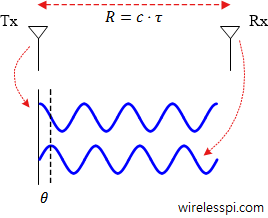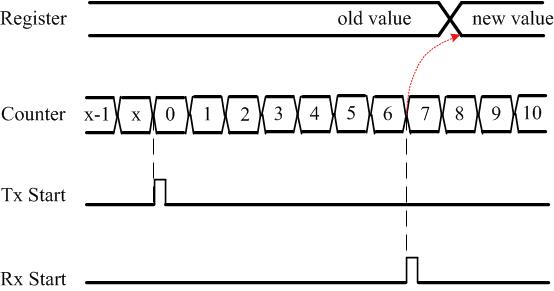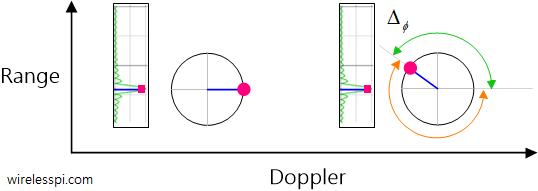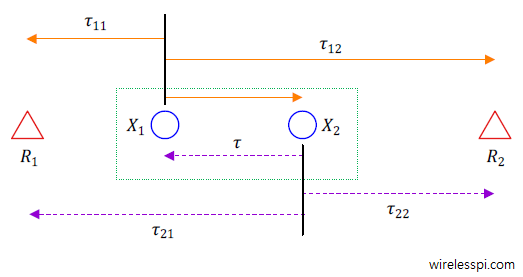Digital Signal Processing (DSP) enables us to find the range of a device by transmitting a wireless signal with a particular structure under some conditions. To understand how this process works, we need to look at the big picture of a localization process. Localization implies locating the unknown position of a source which can be computed in a straightforward manner if its ranges from some reference nodes can be found. Various techniques are employed for this purpose, some of which are Received Signal Strength Indicator (RSSI), time of arrival, time difference of arrival and angle of arrival. Phase of arrival
Continue reading



